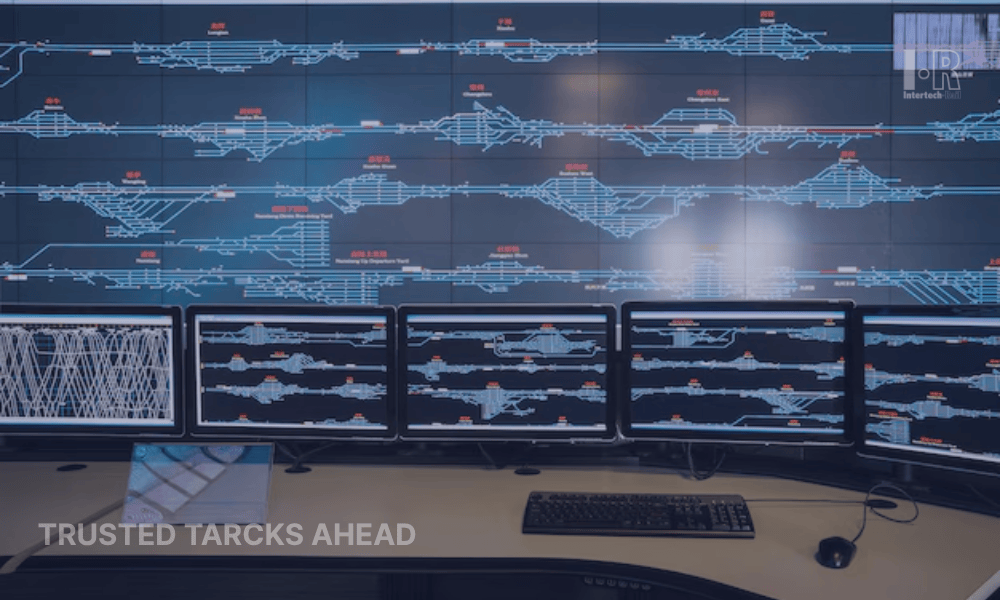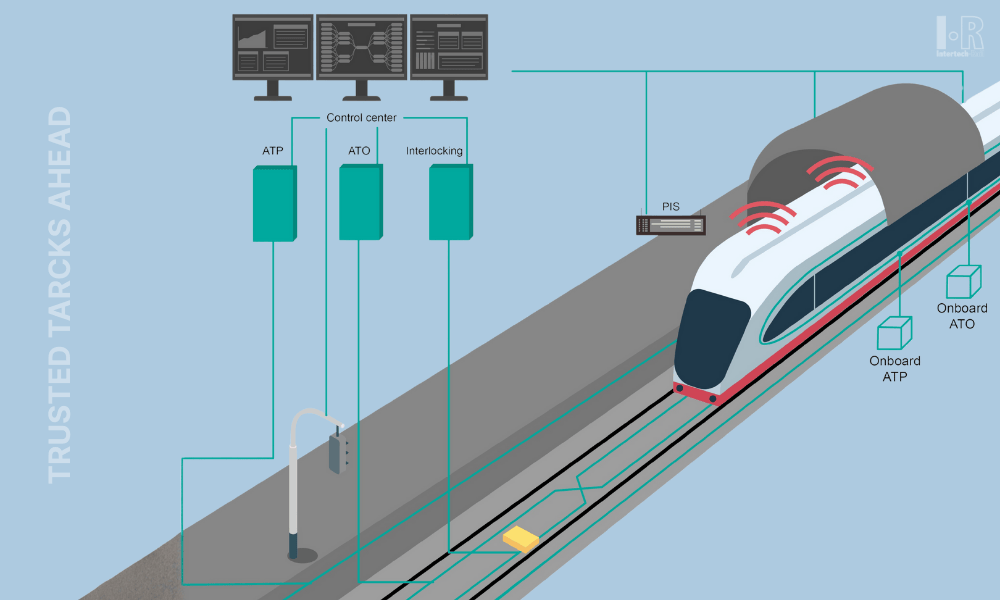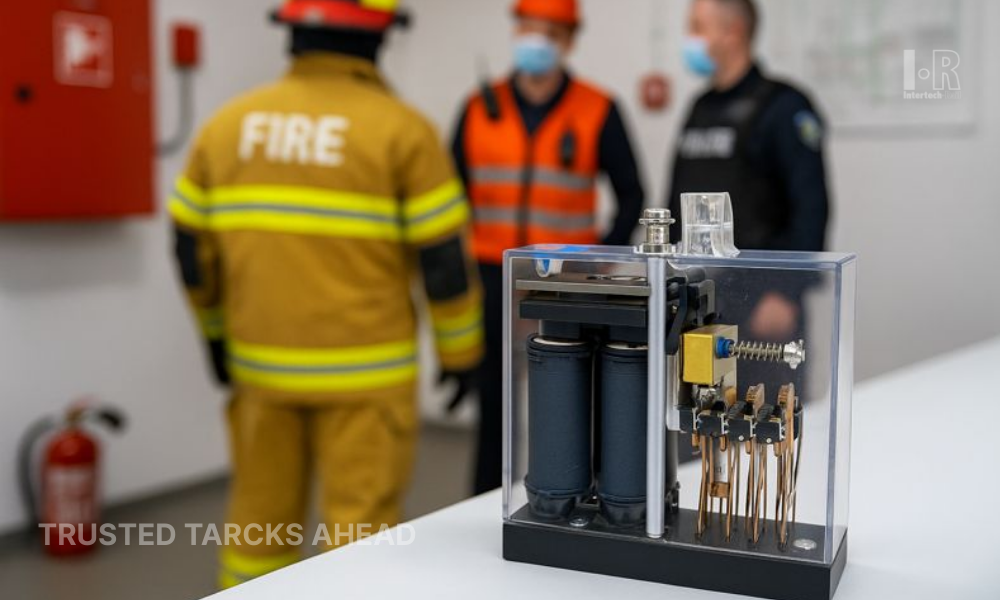Railway Cybersecurity Guide
Railway Cybersecurity: A Field Engineer’s Guide to Protecting Critical Rail Infrastructure

I’ve spent a good chunk of my career watching the railway world move from paper timetables and isolated signal boxes to high-speed data links and automated control rooms. It’s an incredible leap forward, but it’s also turned the rail network into a tempting target for cyber attackers.
Protecting the tracks now means guarding not just steel and sleepers, but the digital veins that keep the whole system alive.
A Shifting Security Landscape
Fifteen years ago, most signalling cabinets weren’t even connected to the internet. Today, almost every part of a modern railway is plugged into something — control centres talk to wayside units, ticketing platforms sync with the cloud, and maintenance crews pull data directly from train diagnostics in real time.
Efficiency? Absolutely. But that same connectivity gives attackers dozens of doors to knock on. They don’t need a crowbar; a compromised laptop halfway across the world can be just as dangerous.
IT Meets OT: And the Risks Multiply
We talk a lot about IT, the business side: sales, scheduling, passenger apps. Then there’s OT, the operational layer: train control, track switches, safety interlocks. Once, these two worlds lived on opposite sides of the fence. Now, with digital integration, a vulnerability in a ticketing kiosk could, in theory, be the first domino in a chain leading to a control relay. That’s why
railway cybersecurity
must address both, without slowing down the network’s heartbeat.
The Threats We See Most
From my own work and industry briefings, a few threats keep coming back:
- Ransomware that locks operators out of systems until someone pays up.
- Phishing emails that trick staff into handing over credentials.
- Insider misuse, rare but potentially catastrophic.
- Supply chain tampering, where compromised hardware or code enters before it’s even installed.
None of these are “IT problems” alone; in rail, they can stop trains, not just servers.
Lessons from the Real World
One European operator faced a ransomware attack that left ticket sales dead for two days. In Asia, a breach in the comms backbone delayed trains for hours while crews scrambled to fall back on manual protocols.
These aren’t abstract warnings. They’re proof that in rail, a cyber incident can hit revenue, reputation, and passenger safety in one blow.
If you map a railway’s digital landscape, a few hotspots stand out:
- Signalling systems, critical for safe train separation.
- Radio and IP networks, if left unsecured, can be intercepted or spoofed.
- Ticketing databases, rich with personal and payment data.
- Maintenance platforms, corrupted data here can hide dangerous faults.
Each demands its defence plan, backed by monitoring and fast incident response.
Building a Defence That Works
A few hard-learned principles:
- Separate: keep operational and business systems apart as much as possible.
- Authenticate strongly: two-factor minimum for any privileged account.
- Test constantly: vulnerability scans and red-team exercises find cracks before attackers do.
- Educate everyone — a single careless click can undo millions in hardware security.
- Prepare to act: have teams and playbooks ready for when, not if, something happens.
Rail networks will keep getting smarter. That’s a good thing, as long as the systems guiding them stay secure. Cybersecurity
isn’t a side project anymore; it’s part of the railway’s backbone, right alongside the rails themselves.




